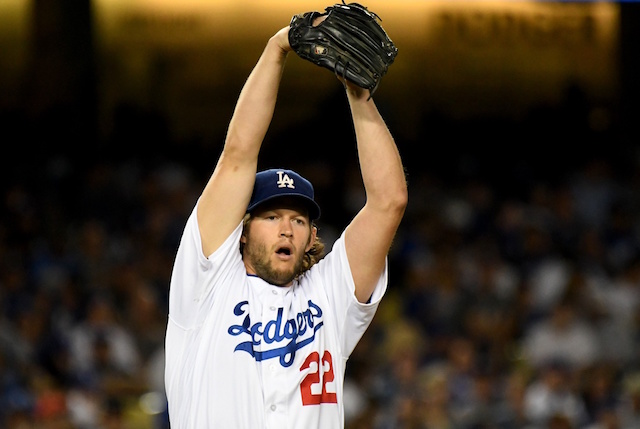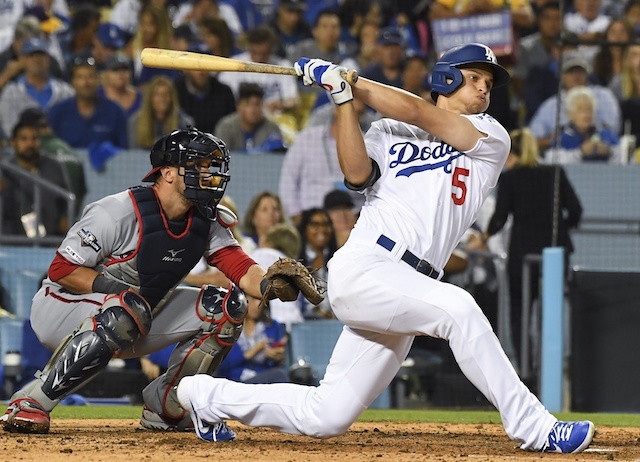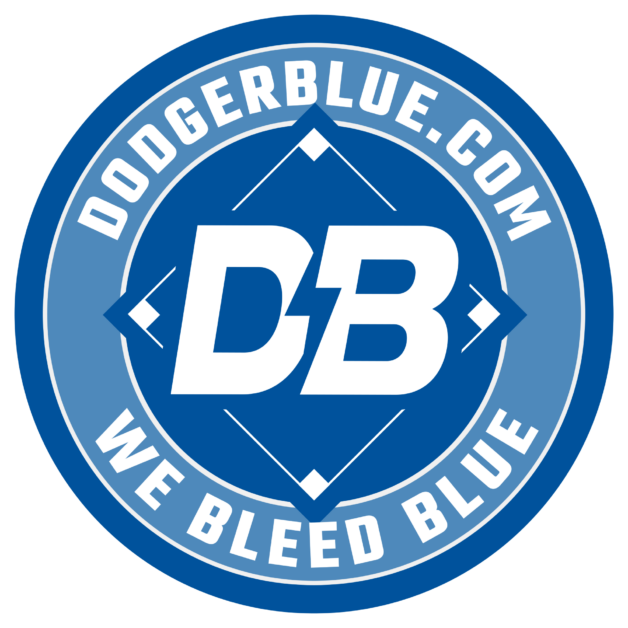The Los Angeles Dodgers and Toronto Blue Jays square off at Rogers Centre in the 2025 World Series, marking a unique chapter in baseball history as the Fall Classic returns to an AstroTurf surface. The matchup brings championship baseball back to Canada and artificial turf for the first time in over three decades, with the Blue Jays hosting on their AstroTurf Diamond Series field.
This year’s World Series also marks the twelfth time AstroTurf has been featured on baseball’s biggest stage, continuing a six-decade relationship between the surface and the sport. The return of turf to the championship spotlight is fitting for Toronto, a franchise whose home has been defined by synthetic surfaces since Rogers Centre—originally SkyDome—opened in 1989. AstroTurf confirmed this milestone achievement, emphasizing a relationship with professional baseball spanning over six decades.
Championship History on Artificial Baseball Surfaces
The relationship between baseball’s Fall Classic and artificial turf extends back to 1972, when the Oakland Athletics defeated the Cincinnati Reds on AstroTurf at Riverfront Stadium. That initial appearance launched an era during which artificial surfaces regularly hosted championship games, reflecting broader stadium design trends prioritizing multi-purpose facilities capable of accommodating baseball and football.
Between 1973 and 1993, eleven World Series featured AstroTurf installations at various competition stages. Four complete championship series occurred entirely on artificial surfaces, including the 1980 matchup between the Kansas City Royals and Philadelphia Phillies and the 1985, 1987, and 1991 Fall Classics. These games coincided with peak adoption of artificial playing surfaces across Major League Baseball, when approximately one-third of teams competed on AstroTurf fields.
The 1975 National League Championship Series between the Cincinnati Reds and Pittsburgh Pirates marked the first postseason matchup contested entirely on AstroTurf, with the Reds advancing to win the World Series that year. This moment symbolized baseball’s embrace of artificial technology during an era when stadium innovation prioritized durability and maintenance efficiency over traditional aesthetics. Nine World Series champions throughout this period called AstroTurf surfaces home, demonstrating that championship-caliber play adapted successfully to artificial field conditions.
Toronto’s Three-Decade Relationship With AstroTurf
The Blue Jays’ current World Series appearance represents the franchise’s third opportunity to compete for a championship on AstroTurf, extending a relationship spanning more than three decades. Rogers Centre opened in 1989 as the world’s first stadium with a fully retractable roof. This revolutionary design necessitated artificial playing surfaces capable of withstanding indoor and outdoor conditions while accommodating the stadium’s engineering requirements.
The franchise won back-to-back World Series championships in 1992 and 1993, featuring home games played on the facility’s original artificial installation. These victories established Toronto as one of professional baseball’s most successful franchises built around artificial turf operations. This demonstrates that championship excellence could emerge from non-traditional playing surfaces when properly implemented and maintained.
The current Diamond Series installation at Rogers Centre represents a substantial technological advancement from earlier-generation surfaces. The system incorporates zone-specific engineering that allows different field areas to exhibit distinct playing characteristics. Base paths utilize nylon fibers designed to replicate clay surfaces, while outfield sections feature compositions simulating natural grass behavior. This differentiated approach addresses historical concerns about uniform playing conditions on early artificial surfaces.
Technical Evolution of Baseball Artificial Surfaces
Contemporary baseball turf technology fundamentally differs from the systems hosting championship games in the 1970s and 1980s. Modern baseball-specific surfaces incorporate research findings from biomechanical studies examining how athletes interact with playing surfaces during various game situations, from sliding into bases to fielding ground balls.
The Diamond Series system employs proprietary RootZone technology, utilizing crimped nylon fibers that create a three-dimensional matrix beneath the playing surface. This structure encapsulates infill material, preventing migration during intensive play that can create inconsistent conditions across the field. Independent research from Michigan State University identified this design as producing favorable biomechanical characteristics compared to alternative artificial systems, particularly regarding uniform shock absorption.
Temperature management features address concerns about surface heat during day games. Advanced polymer formulations include thermal shield additives that reduce heat absorption compared to earlier generation products, maintaining more comfortable playing temperatures. These thermal properties prove particularly relevant for championship series games, though October scheduling typically moderates temperature concerns compared to midsummer conditions.
Fiber technology has advanced considerably since baseball’s initial adoption of artificial turf. Integrating co-polymers combining nylon and polyethylene creates materials that balance durability with the softer feel athletes prefer, while Sharkskin technology reduces friction to minimize surface abrasions. Antimicrobial treatments help eliminate bacterial odors and prevent microbial buildup, contributing to healthier playing environments in facilities that host numerous events throughout the year.
Operational Advantages for Championship Competition
Stadium operators cite substantial operational benefits when utilizing artificial surfaces for high-profile events. Weather-related postponements create logistical complications during championship series, affecting travel schedules, television programming, and ticket management. AstroTurf surfaces eliminate concerns about field playability following precipitation, allowing games to proceed shortly after the weather clears without requiring extended field preparation periods.
Rogers Centre’s retractable roof configuration provides weather protection that complements artificial surface advantages. The combination allows the facility to guarantee playable conditions regardless of external weather while maintaining climate-controlled environments that optimize player comfort and spectator experience. This reliability proves particularly valuable during October in Toronto, where temperatures fluctuate considerably and precipitation frequently occurs.
Maintenance requirements during concentrated event periods favor artificial installations. Natural grass fields hosting championship games require intensive preparation between contests, including mowing, irrigation management, and repair of divots and wear patterns created by previous games. AstroTurf surfaces need minimal intervention between contests, allowing grounds crews to focus on baseline chalk, mound maintenance, and other detail-oriented tasks rather than comprehensive field rehabilitation.
Player Performance Considerations on Modern Artificial Fields
Professional athletes express varied perspectives regarding artificial surface performance, though contemporary technology addresses many historical concerns. The consistent ball bounce and roll characteristics offer advantages for defensive positioning and fielding technique, eliminating variables associated with natural grass maintenance and weather effects. Groundskeepers cannot replicate the absolute uniformity that quality artificial surfaces provide, particularly during extended playoff series when maintenance windows shrink considerably.
Batting statistics from earlier artificial surface eras showed elevated averages and increased doubles production, attributed partly to faster ball movement through artificial turf infields. Contemporary Diamond Series technology moderates these effects through refined fiber engineering and infill composition, creating ball interaction properties closer to well-maintained natural grass while maintaining durability advantages that justify artificial surface investment.
Modern surface design particularly addresses base running and sliding mechanics. The use of nylon fibers in base paths creates realistic sliding distances that match clay surface behavior, addressing safety concerns that plagued earlier-generation products. This zone-specific engineering allows players to execute standard baseball movements without adapting techniques for artificial surfaces, maintaining the sport’s fundamental character while benefiting from durability advantages.
Research Collaboration Informing Product Development
The technical sophistication of modern baseball surfaces emerges from sustained research partnerships between manufacturers and academic institutions. AstroTurf has collaborated with the University of Tennessee for over twelve years, focusing on understanding biomechanical interactions between athletes and playing surfaces. This research foundation distinguishes product development grounded in peer-reviewed methodology from approaches based primarily on marketing considerations.
Laboratory testing protocols evaluate fiber durability, infill performance, and system-wide characteristics under conditions simulating years of intensive use. Berlin Athletes’ machines and accelerated wear testers subject surfaces to millions of simulated athlete movements, validating manufacturer warranties extending beyond ten years for premium installations. This comprehensive testing regime ensures performance characteristics remain consistent throughout the surface’s operational lifespan.
Field monitoring at installed facilities provides real-world performance validation beyond laboratory conditions. The One Turf testing protocol, aligned with FIFA and World Rugby standards despite its baseball application, offers standardized assessment criteria ensuring consistent evaluation across different sports contexts. This multi-sport approach allows technologies developed for one application to benefit entire product ranges, accelerating innovation adoption across diverse athletic environments.
Contemporary Adoption Patterns Across Professional Baseball
Current major league installations of artificial surfaces reflect specific operational considerations rather than broad industry trends. Toronto’s situation combines multiple factors, with the retractable roof design, Canadian climate conditions, and stadium engineering parameters all supporting artificial surface selection.
The collegiate baseball sector demonstrates stronger adoption of artificial surfaces, particularly among northern programs beginning their seasons during late winter months. Division I programs increasingly select artificial installations to enable early-season home games and consistent practice schedules regardless of weather conditions. This practical consideration outweighs traditional preferences for natural grass when competitive advantages from extended home schedules prove substantial.
Youth tournament facilities represent another growth segment for baseball artificial surfaces. Complexes hosting multi-day events require guaranteed playable conditions to maintain programming schedules and justify facility investment. The reliability of artificial surfaces during variable weather conditions gives event organizers confidence in scheduling commitments, reducing weather-related cancellations that create revenue losses and participant dissatisfaction.
Major League Baseball Partnership Recognition
AstroTurf’s designation as Major League Baseball’s Official Synthetic Turf Partner formalizes a relationship dating back to the sport’s first indoor stadium game in 1966. This partnership acknowledges historical significance and contemporary technological leadership within the artificial surface industry, recognizing the company’s sustained investment in baseball-specific product development.
Recent landmark projects demonstrate the breadth of this partnership. The Willie Mays Field installation in Birmingham showcases artificial technology in minor league settings. At the same time, the Speedway Classic at Bristol Motor Speedway illustrates how modern surfaces enable temporary baseball field creation in unconventional venues. These diverse applications validate artificial surface versatility across competitive levels and facility configurations.
The Rogers Centre installation represents an ongoing commitment to maintaining elite performance standards at established major league facilities. Periodic surface replacement allows stadiums to adopt the latest technologies as products develop, ensuring competitive playing conditions match contemporary standards. This replacement cycle benefits from decades of operational experience, informing installation specifications and maintenance protocols that maximize surface lifespan and performance consistency.
Historical Moments on AstroTurf Championship Surfaces
AstroTurf surfaces witnessed numerous memorable achievements throughout baseball’s championship history. The Big Red Machine era in Cincinnati saw multiple postseason victories at Riverfront Stadium, where Pete Rose, Johnny Bench, and Joe Morgan established one of baseball’s most dominant dynasties. These accomplishments occurred on artificial turf, demonstrating that exceptional talent could flourish regardless of playing surface composition.
The Toronto Blue Jays’ 1992 and 1993 championship victories at SkyDome created their legacy of excellence on AstroTurf surfaces. Players Roberto Alomar, Joe Carter, and Paul Molitor showcased elite skills while adapting to the facility’s unique playing characteristics. Carter’s 1993 World Series-winning home run became one of baseball’s most iconic moments. These achievements validated artificial surfaces as legitimate championship venues capable of hosting baseball’s most significant contests.
Individual statistical achievements accumulated on artificial surfaces throughout multiple decades. Hall of Fame careers developed at facilities featuring AstroTurf installations, with players demonstrating that sustained excellence remained achievable despite different playing conditions. This historical record provides evidence that artificial surfaces support all aspects of baseball performance when properly designed and maintained according to contemporary standards.
Championship Baseball’s Surface Considerations
The Blue Jays’ 2025 World Series appearance at Rogers Centre may influence future stadium surface decisions as teams evaluate facility upgrades and construction projects. Operational advantages demonstrated during championship play provide compelling evidence for stadium planners weighing surface options. The successful hosting of baseball’s premier event on contemporary artificial technology validates performance capabilities under maximum scrutiny from players, coaches, and media observers.
Climate considerations increasingly influence facility planning decisions as organizations address water conservation mandates and maintenance cost management. Artificial surfaces offering reduced water consumption compared to natural grass irrigation requirements align with environmental objectives while maintaining the performance standards professional athletes demand. This confluence of sustainability and athletic performance creates favorable conditions for continued artificial surface adoption in appropriate facility contexts.
The technical evolution from early-generation artificial turf to contemporary Diamond Series technology demonstrates how sustained research investment yields practical improvements addressing historical concerns as baseball continues balancing tradition with operational efficiency. Modern artificial surfaces present viable options for facilities prioritizing consistency, durability, and weather resilience without compromising the playing characteristics that define the sport.
The return of championship baseball to artificial turf after over three decades represents a homecoming to familiar technology and validation of contemporary innovation. AstroTurf’s continued presence at baseball’s highest competitive level demonstrates that artificial surfaces provide compelling solutions that serve players, teams, and fans equally well when performance demands meet operational requirements.








